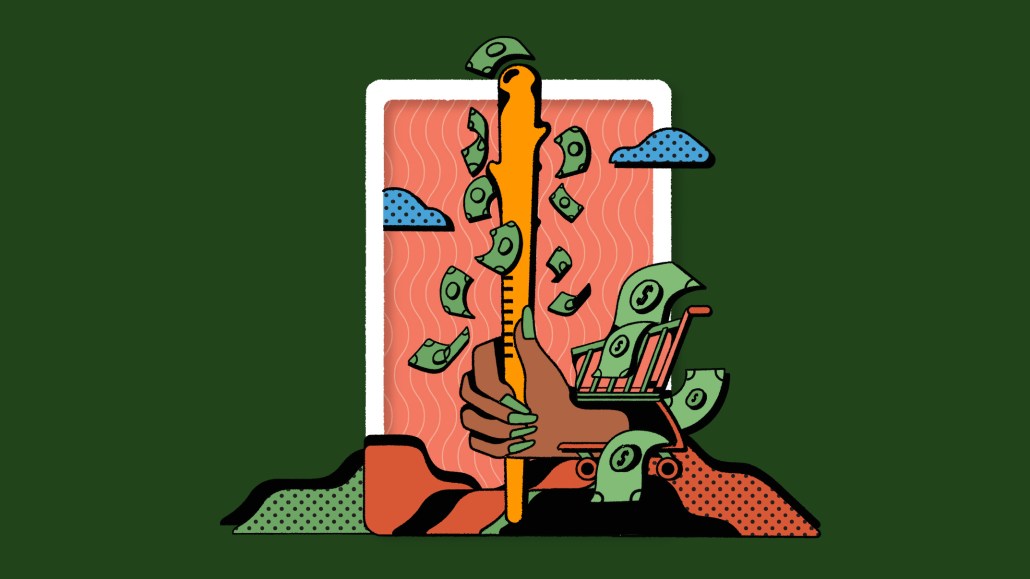
At the close of a year, it can be instructive to look back on what’s transpired. And if a picture is worth a thousand words, then these five charts, are worth enough words for a medium-length Harper’s cover story, even though you can plow through them faster than a medium-sized Twitter thread. They are also built using insights gathered throughout the year from Digiday+’s research panel.
Look on below.
Pandemic vs. office work
We begin, as we (sadly) must, with the pandemic. Publishers entered 2021 hopeful that they’d be able to get back to something normal-seeming by the end of the year. But as the media world cheered — then groaned — as vaccination rates rose after plateauing this past spring and summer, it became clear that a return to full-time, in-office work was unlikely.
By the third quarter of 2021, well before the omicron variant’s rise more definitively scuttled many office return plans, nearly two thirds of publishers had heard that they would be returning to in-person work only occasionally.
How the cookie’s crumbling
As unpleasant as the pandemic’s lurches felt at the beginning and end of 2021, in many respects the year was marked by a kind of stability, albeit an unusual one.
The digital media ecosystem began the year focused on how it would respond to the unofficial end of third-party cookies. Contextual targeting quickly leapt out as a popular tactic, not just among opportunistic vendors but even in unlikely corners such as CTV, wth many brands and agencies indicating they’d spend more of their ad budgets on contextual ad campaigns.
Ad buyers and sellers also began the year trying to figure out how to integrate alternate identifiers built by companies ranging from Amazon to The Trade Desk into their plans. Publishers expect alternate identifiers will play a pivotal role in their businesses when third-party cookies are phased out of the industry’s plans. But thanks in part to Google’s extension of its deadline for deprecating those cookies to 2023, those identifiers are not yet part of most publishers’ ad sales deals.
Yet for all the progress publishers have made in trying out these new products, as we head into 2022, it seems clear that a lot of the largest issues publishers face still loom on the horizon. Despite having their playbooks set for how to deal with the end of third-party cookies, the percentage of publishers worried about its effect on their businesses remains identical to what it was in the first quarter of 2021.
Platforms passé?
One of the defining traits of 2021 seemed to be how little energy publishers put toward platforms. While TikTok gathered a lot of attention and publishers continued to fret about the roles that Amazon and Google play in digital media, publishers largely stayed focused on their own properties.
More in Media

Digiday+ Research: Publishers’ growing focus on video doesn’t translate to social platforms
Major publishers have made recent investments in vertical video, but that shift is not carrying over to social media platforms.

Technology x humanity: A conversation with Dayforce’s Amy Capellanti-Wolf
Capellanti-Wolf shared insight on everything from navigating AI adoption and combating burnout to rethinking talent strategies.

How The Arena Group is rewriting its commercial playbook for the zero-click era
The company is testing AI-powered content recommendation models to keep readers moving through its network of sites and, in doing so, bump up revenue per session – its core performance metric.





